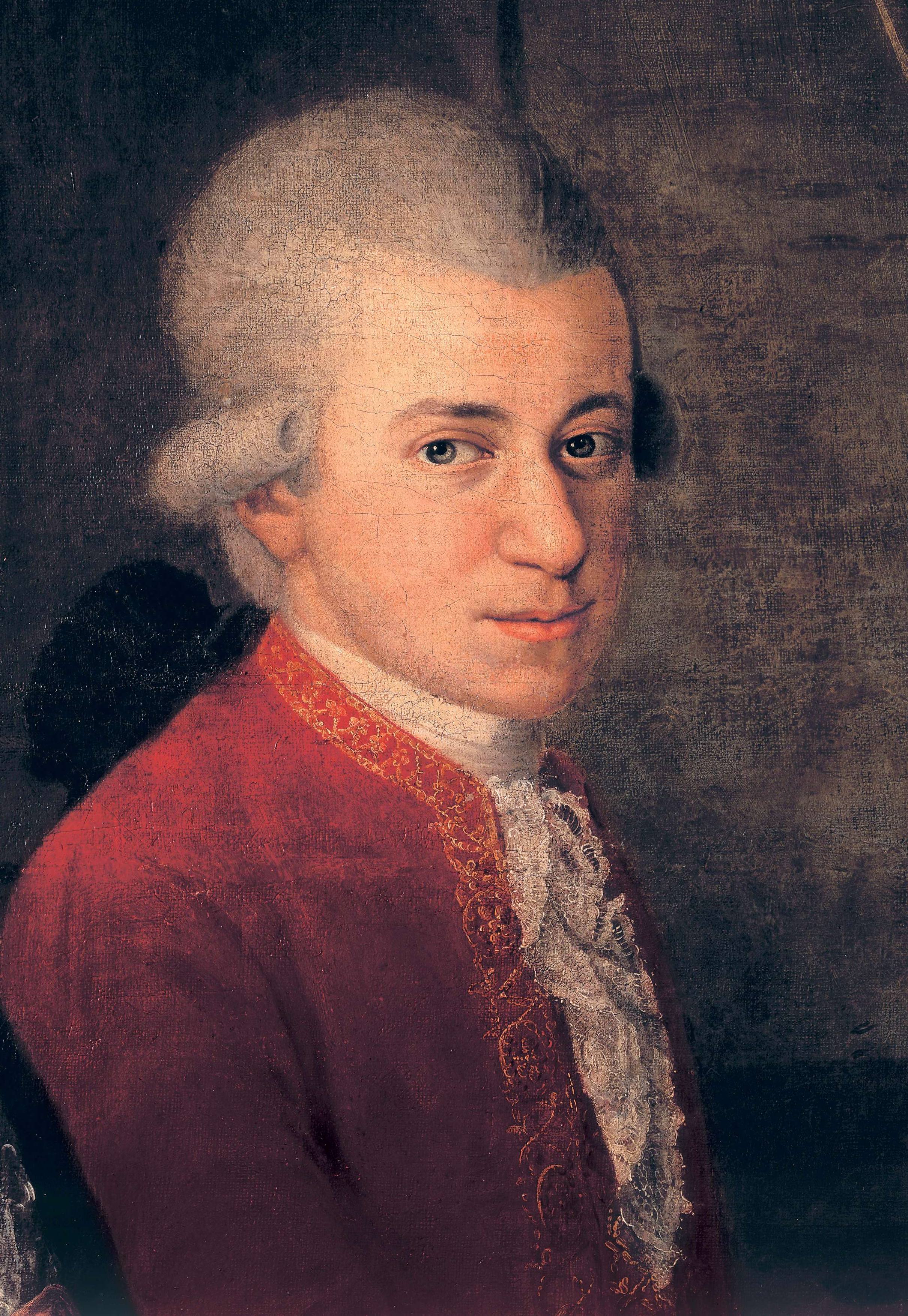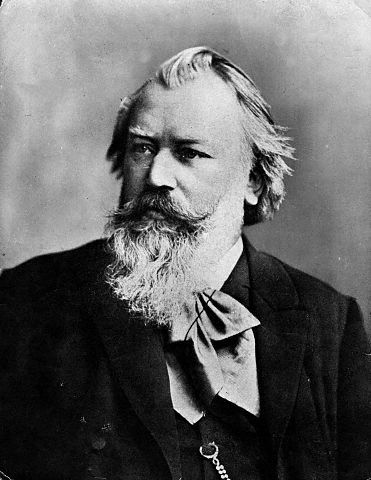Summer Concert in St. Comgall's Parish Hall, Bangor on Saturday 31st May
8:00pm, Sat, 31 May 2025
- Event Details
-
Type of event: Performance Start time: 8:00pm Venue: St. Comgall's Parish Centre
27 Brunswick Rd, Bangor BT20 3DSDescription:  Join us on Saturday 31st May in St. Comgall's Parish Centre, Bangor as we celebrate Summer with a delightful programme of classical favourites!
Join us on Saturday 31st May in St. Comgall's Parish Centre, Bangor as we celebrate Summer with a delightful programme of classical favourites!
Programme:
Butterworth - A Shropshire Lad - Rhapsody
Mozart - Symphony No.35 in D major K385 "Haffner"
Karlowicz - Violin Concerto (soloist - Zuzanna Edmonds)
Brahms - Hungarian Dance No.5
Conductor - Tanya Houghton
Leader - Aisling Manning
 George Butterworth (1885-1916) set eleven of A. E. Housman’s A Shropshire Lad poems in two cycles in 1909-1911. In 1911 he composed an orchestral rhapsody which he first called The Land of Lost Content and then The Cherry Tree before settling on A Shropshire Lad. It is an epilogue to his two sets of songs, the intention being ‘to express the homethoughts of the exiled Lad’.
George Butterworth (1885-1916) set eleven of A. E. Housman’s A Shropshire Lad poems in two cycles in 1909-1911. In 1911 he composed an orchestral rhapsody which he first called The Land of Lost Content and then The Cherry Tree before settling on A Shropshire Lad. It is an epilogue to his two sets of songs, the intention being ‘to express the homethoughts of the exiled Lad’.
It is now almost impossible to hear this potently nostalgic work without thinking of ‘the lads that will die in their glory and never be old’, like Butterworth himself. He was awarded the Military Cross for his gallantry during the fighting at Pozières in the First World War, and died in the Battle of the Somme. In July of 1782, Leopold Mozart sent his son Wolfgang Amadeus Mozart (1756 - 1791) a letter asking him to write a new symphony for their friend Sigmund Haffner, a wealthy Salzburg merchant and burgomeister. Some years earlier, Wolfgang had composed his Haffner Serenade for the wedding of Sigmund's daughter. Now Haffner's son, also named Sigmund, was to receive a title of nobility, and a new symphony was to be played at the celebration.
In July of 1782, Leopold Mozart sent his son Wolfgang Amadeus Mozart (1756 - 1791) a letter asking him to write a new symphony for their friend Sigmund Haffner, a wealthy Salzburg merchant and burgomeister. Some years earlier, Wolfgang had composed his Haffner Serenade for the wedding of Sigmund's daughter. Now Haffner's son, also named Sigmund, was to receive a title of nobility, and a new symphony was to be played at the celebration.
In a famous letter, Mozart replied to his father's request: "Well, I am up to my eyes in work, for by Sunday week I have to arrange my opera [The Abduction from the Seraglio] for wind instruments . . . And now you ask me to write a new symphony! How on earth can I do so? . . . Well, I must just spend the night over it, for that is the only way; and to you, dearest father, I sacrifice it. You may rely on having something from me by every post. I shall work as fast as possible and, as far as haste permits, I shall turn out good work."
The symphony was completed and the last parts of it shipped off by early August, a time when Mozart was not only busy arranging his opera, but was also occupied with preparations for his own wedding on August 4. He did not see the score again, until his father returned it to him some months later, so that he could use it in one of his concerts in Vienna. "My new Haffner Symphony has positively amazed me," he wrote, "for I had forgotten every single note of it. It must surely produce a good effect."
 Mieczysław Karłowicz (1876-1909) was one of the most outstanding Polish composers of his generation. He was born into a wealthy academic family in present-day Lithuania, and initially trained as a violinist. Intending to further his performing career, he moved to Berlin in 1895. Increasingly, however, he turned his attention to composition and he produced several sets of songs and piano pieces.
Mieczysław Karłowicz (1876-1909) was one of the most outstanding Polish composers of his generation. He was born into a wealthy academic family in present-day Lithuania, and initially trained as a violinist. Intending to further his performing career, he moved to Berlin in 1895. Increasingly, however, he turned his attention to composition and he produced several sets of songs and piano pieces.
The Violin Concerto was completed in December 1902 and received its first performance in Berlin on 21st March the following year. The work presents confident and idiomatic solo writing alongside brilliant and bracing orchestration. A full-blooded concerto in the Romantic tradition, it features plenty of bravura opportunities for the soloist, and a richly resonant orchestration. Seemingly modeled after Tchaikovsky and Bruch, the concerto strikes a good-natured and extroverted tone as all three movements are joined into a continuous sequence. In the wake of the First World War the concerto was all but forgotten, but has recently been rediscovered by a number of eminent violinists.
 In 1850 Johannes Brahms (1833 - 1897) met the Hungarian violinist Ede Reményi and accompanied him in a number of recitals over the next few years. This was his introduction to "gypsy-style" music such as the csárdás, which was later to prove the foundation of his most lucrative and popular compositions, the two sets of Hungarian Dances (published 1869 and 1880).
In 1850 Johannes Brahms (1833 - 1897) met the Hungarian violinist Ede Reményi and accompanied him in a number of recitals over the next few years. This was his introduction to "gypsy-style" music such as the csárdás, which was later to prove the foundation of his most lucrative and popular compositions, the two sets of Hungarian Dances (published 1869 and 1880).
The better-known Hungarian Dances include Nos. 1 and 5, the latter of which was based on the csárdás "Bártfai emlék" (Memories of Bártfa) by Hungarian composer Béla Kéler, which Brahms mistakenly thought was a traditional folksong. Embodying the fast and raucous Hungarian folk music that inspired this whole set of dances, No. 5 is perhaps the most famous of them all with the quick tempo and memorable melodies coming together to create a truly thrilling dance.



